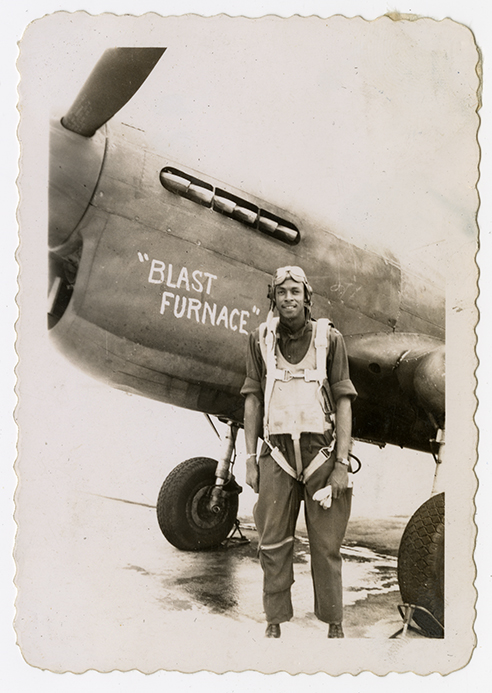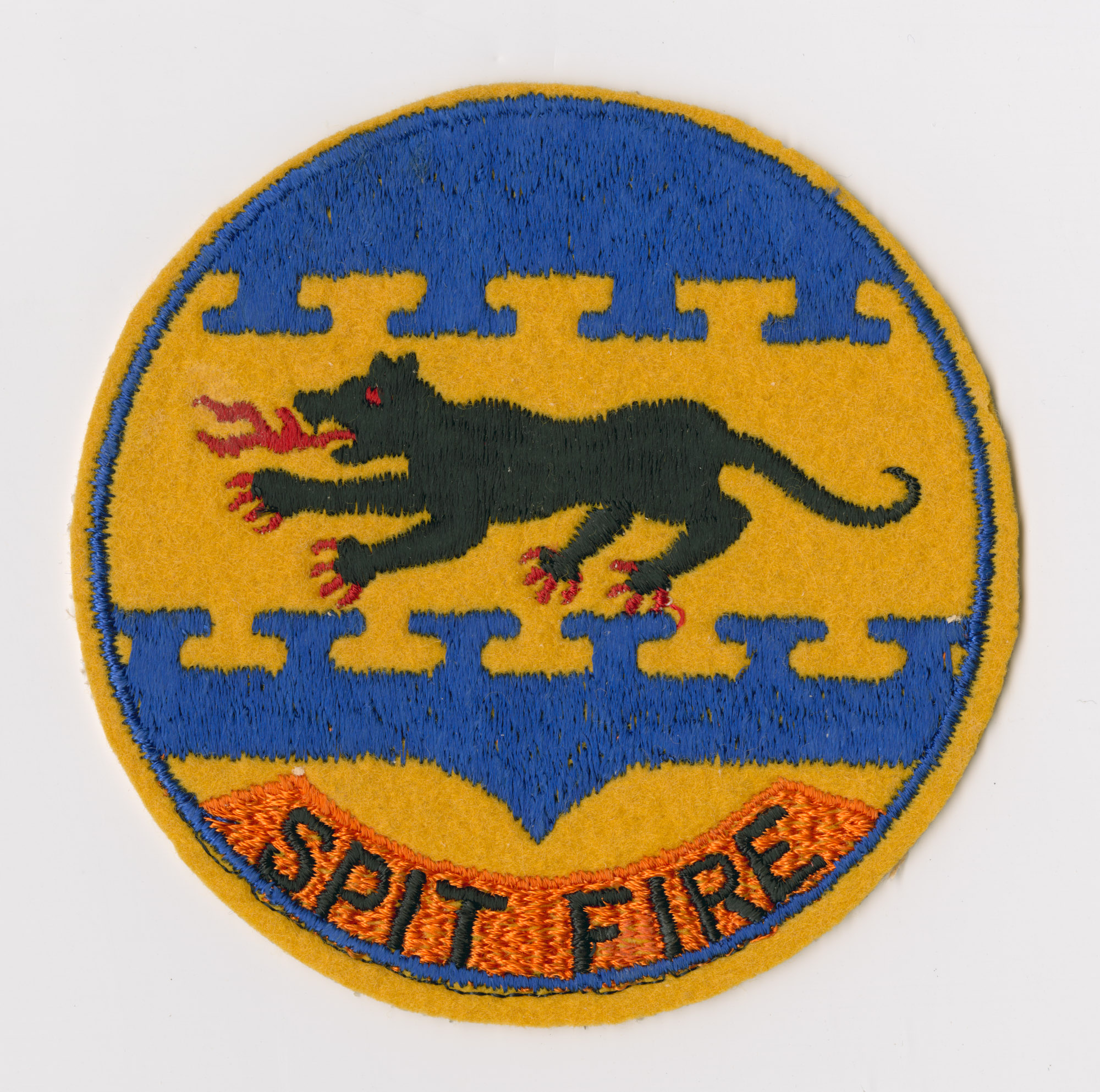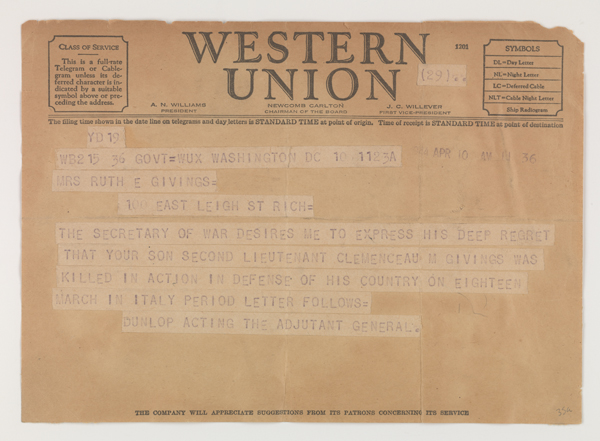In 1943, Clemenceau “Clem” Givings became the first Richmonder to earn his wings as a Tuskegee Airman, the popular name for Black fighter pilots who helped win World War II and build the case for desegregating America's military.
When war broke out in 1939, the armed forces – like the federal government and much of society – were segregated. Black service members were often relegated to manual jobs and denied leadership roles, and the war crystallized the contradiction of the Jim Crow era for Black Americans: They were expected to fight for democracy overseas while being refused equality at home.
Such injustices spurred civil rights organizations to lobby for change. Yielding to this pressure, the U.S. Army Air Corps – predecessor to the Air Force – established a program in Tuskegee, Ala., to train Black aviators for combat. Between 1941 and 1946, nearly 1,000 pilots graduated. In addition, more than 14,600 men and women were trained as navigators, bombardiers, mechanics, and other service personnel.
Born in 1919 and a graduate of Virginia Union University, Givings had an ambition to fly and was a natural fit for the job. A fellow officer described 2nd Lt. Givings as “strictly air corps, incorporating in his decorum all the zest, cocksureness, pride and braggadocio that is the essence of a fighter pilot’s makeup.” Even his speech sounded like “a burst of flak” from anti-aircraft fire.



